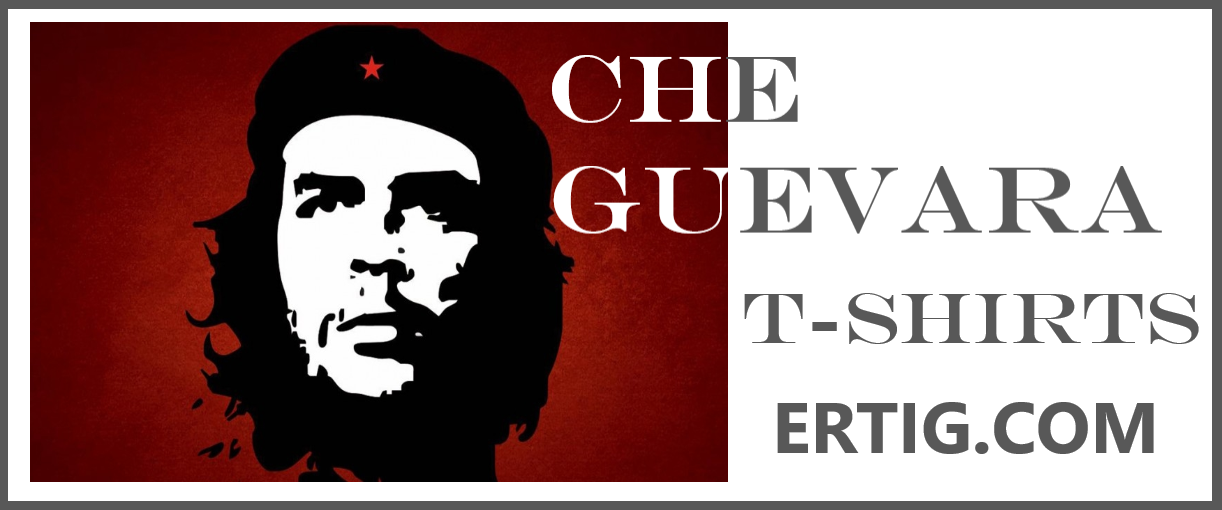INSUBCONTINENT EXCLUSIVE:
(Analysis) The global oil market faces a stern challenge
imports, effective April 10, amplified fears of a global trade war stifling oil demand.This trade friction clouds demand, a concern for
Petrobras, which relies on Asian markets
Sachs warns of risks to its $78 Brent outlook for 2025, but observers know markets often self-correct
At $64.50 Brent and $61.50 WTI, the divide is clear, with Petrobras proving a model of endurance.High-Risk Nations: Fiscal FragilityIran
Instability could follow, a geopolitical risk conservatives monitor closely.Nigeria ($144): With 90% of exports from oil, $64.50 jeopardizes
order in the Niger Delta, a concern for global security.Algeria ($125.70): Hydrocarbons prop up 60% of its revenue; thin reserves signal
resilience over rash reaction.Low-Risk Nations: Steadfast ProducersRussia ($42-$58): Low costs and Asian exports keep Moscow strong, a
pragmatic survivor despite Western pressure.Qatar ($55) and UAE ($64): Efficient and wealthy, they manage $64.50, with UAE just breaking
even operationally ($30-$40).Norway ($35-$45): A $1.5 trillion fund and cheap fields ensure stability, a model of fiscal prudence.Brazil
countries, led by firms like Petrobras, uphold the conservative ideal of self-reliance.Companies: Discipline Pays OffHigh-Risk: U.S
conservatives see this as a market purge of the weak.A drop to $60, as Citi suggests within a year, could test even Saudi Arabia and Iraq,
others retreat.For the U.S., $61.50 WTI slows shale, a concern for energy independence, yet cheaper fuel aligns with conservative priorities
$64.50 and WTI at $61.50 signal a serious test, not a death knell
prove disciplined producers endure
The market will sort itself, as it always has, rewarding those who stand firm.

